A pickle tray on the dining table is integral to any meal, its contents are so powerful both in terms of taste and presence that just a tablespoon of any is enough to cheer up even the simplest of meals. While the summer pickles we prepare and store for annual consumption are bright red and drowned in lots of oil, the winter pickles made with the seasonal bounty of vegetables are vivid in colour, coated with split mustard seeds and just enough oil. Their sunny yellow glaze offers us the much-needed warmth both in taste and sight. The red chilli powder goes missing from the winter pickles Gujaratis make and many households replace peanut oil with mustard oil for its body warming properties. They are not designed for annual storage but to be eaten fresh until they retain their crunch. And that is the reason we make them u small portions using less oil. The most loved are Amba-Haldar in brine ( fresh mango-ginger and turmeric) Bhavnagri Marcha nu athanu (green peppers in mustard), Raita Gajar-Kakri (carrots-cucumber in mustard), the seasonal wonder Red-Peppers dressed in a warm and luscious mustard coat. All these and many more regional varieties pep-up our winter meals.
One of the best parts about my theroute2roots endeavour is people reaching out to me with recipes and foods they think are losing presence or need to be spoken about. A dear friend Bhoomika had once shared how her family still makes Handvo on a coal-fired Saghri and this peculiar pickle called Bafanu or Baafnu that is invariably made during winters. The pickle gets its name from the process of Bafvu (to boil in Gujarati) of Purple Yam/Ratalu, Yam/suran, Arbi and Potatoes the roots and tubers that are the stars of this pickle. The other vegetables used in their raw avatar are winter carrots, heirloom cucumber, ivy gourd. The vegetables are then coated with hand-beaten dressing of mustard oil, split mustard seeds, peppercorns, lemon juice, turmeric, sugar and salt. As Bhoomika shares, Bafanu is a speciality from their Patel community and is part of the Annakoot and Radha Ashtami offerings at most Shrinathji temples. Bhoomika felt the need to share and document this vibrant winter pickle because its presence and significance has diminished over the years. I was invited into her kitchen to document her mother-in-law Smt. Minal Patel making Bafanu and Handvo (the traditional way).
The winter wonder Purple Yam is still in season hope you get to make Bafanu this year. I promise you will love it!!
Thank you Bhoomika for introducing us to this utterly charming pickle ❤️
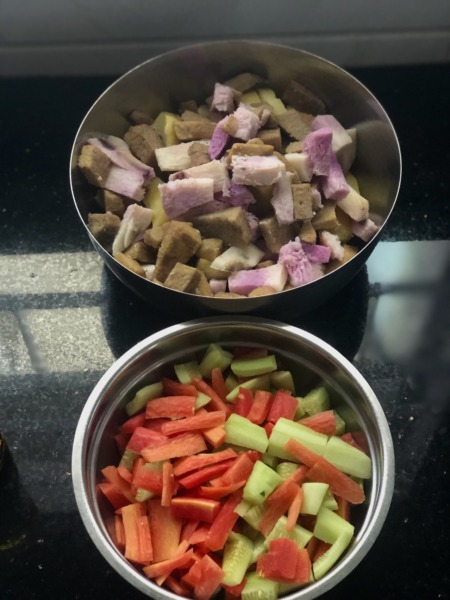
The season’s best veggies make it to this winter pickles. While purple yam, yam, potatoes are boiled the carrots and cucumbers are kept raw. You may also include arbi and ivy gourd if you prefer.
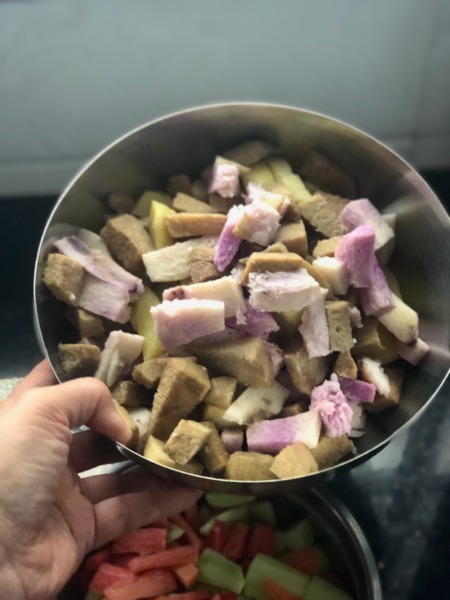
Ratalu or purple yam is the reason this pickle is made only during winters. Hence do not omit it. It is the lead actor of this preparation.
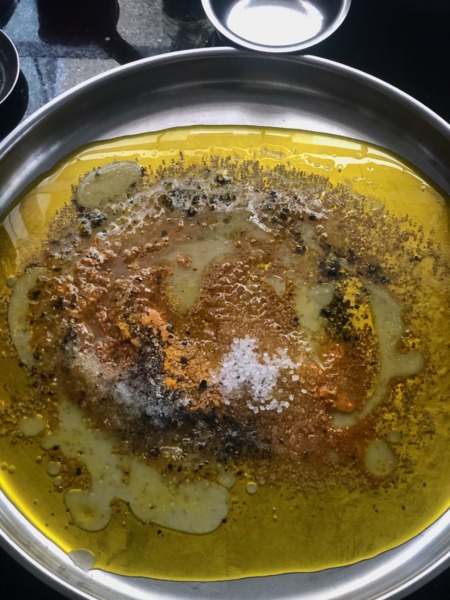
That is mustard oil, split mustard seeds or rai na kuria as we call it in Gujarat, split peppercorns, salt, sugar, turmeric and lemon juice.
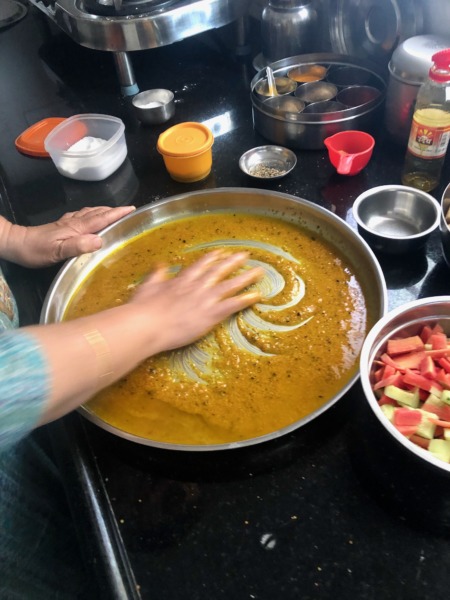
A flat plate or thali is recommended to mix the ingredients because the split mustard seeds need to be lightly beaten with oil to help extract flavours.
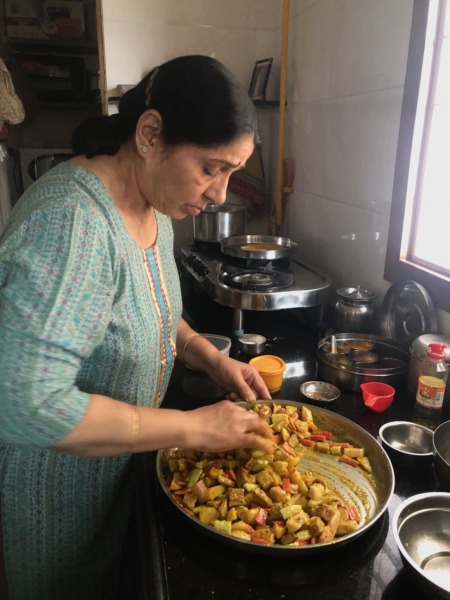
The vegetables are added to the oil+mustard mix and mixed with hands until they are all covered well.
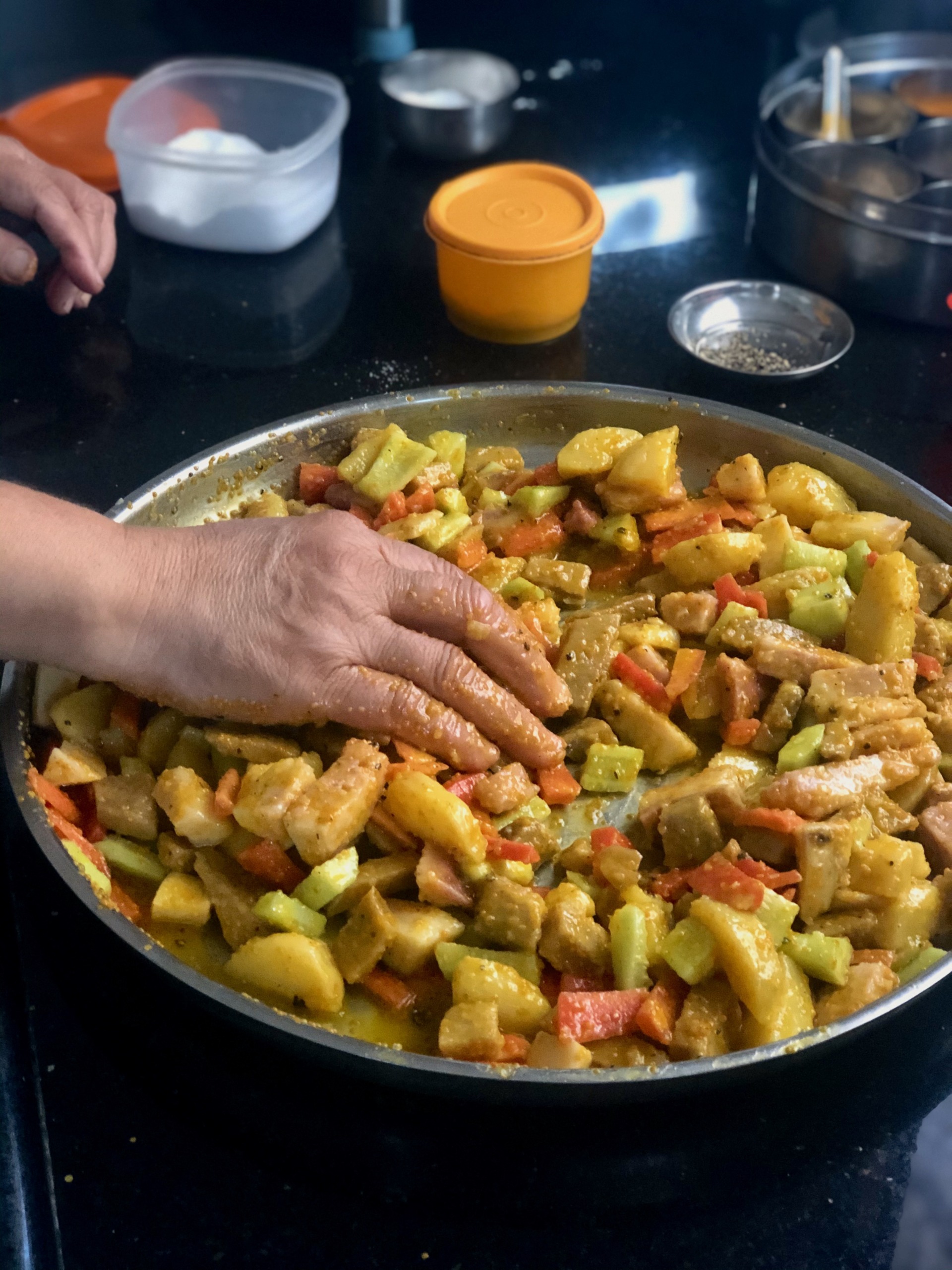
Bafanu
Ingredients
- 200 grams purple yam/ratalu
- 200 grams yam/suran
- 200 grams potatoes
- 200 grams carrots
- 200 grams heirloom cucumber/desi kakri
- 150 ml mustard oil/sarasiyu
- 1/2 cup split mustard/rai na kuriya
- 1 teaspoon turmeric
- 1 tablespoon pepper corns, roughly pounded- just enough to split in two
- 3 tablespoons lemon juice
- 5 teaspoons sugar
- salt to taste
Instructions
Wash and cut the vegetables in one inch pieces.
Boil the potatoes, yam and purple yam till done but firm, do not over cook them.
Allow the boiled veggies to come to room temperature.
In a large plate/thaali bring together oil, split mustard, turmeric, pepper, sugar, lemon juice and salt.
Mix well with hand. As seen in the video.
Add the vegetables.
Mix well so that the oil and mustard mixture coats the vegetables.
Transfer the Bafaanu in a glass jar or bowl with lid.
Store in refrigerator.
Stays well for 10-12 days.
Bafaanu tastes good the next day as the flavours mature.

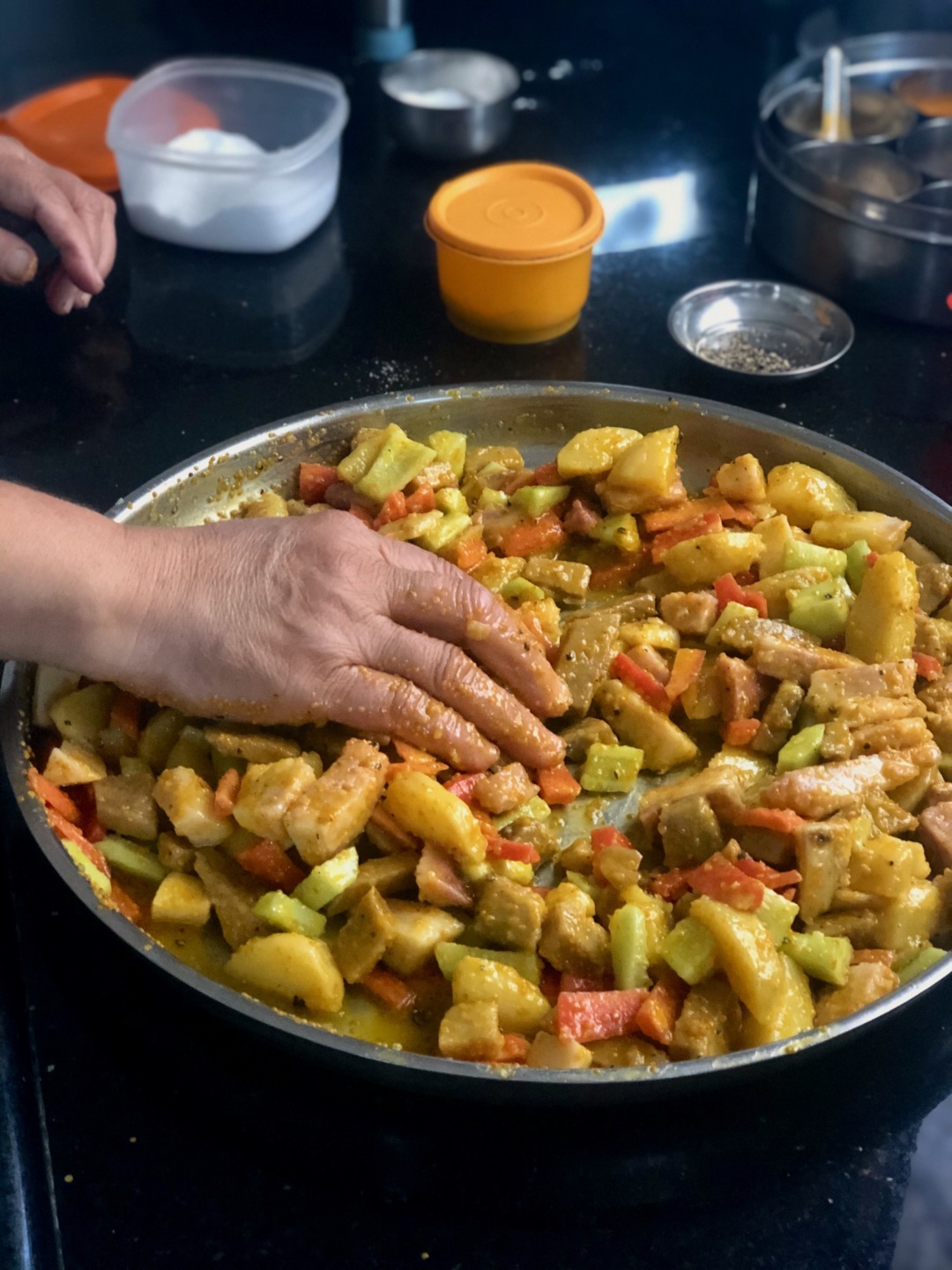

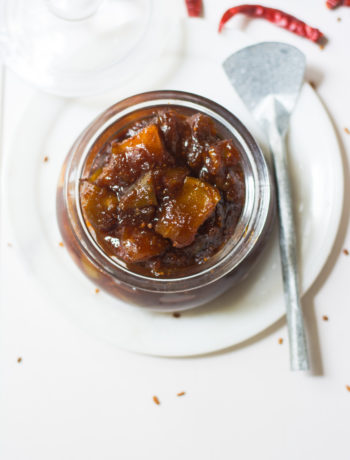
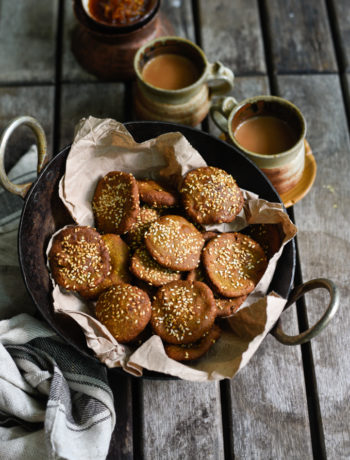
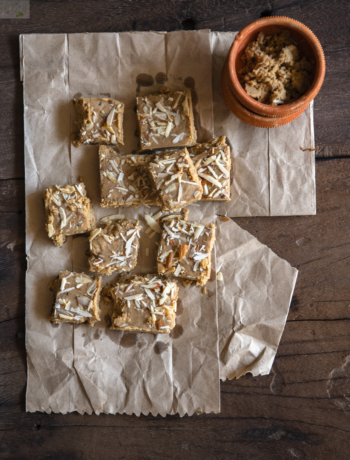
2 Comments
roopa
April 17, 2020 at 11:49 pmHi I am from Gujrat, and when I was growing up my grandmother use to make rai keri pickle which was sweet and spicy. Would you happen to have the recipe for it.
Sheetal
April 18, 2020 at 6:13 pmHey Roopa,
Unfortunately, I don’t have more recipes of pickles on the website. I am still in process of documenting Gujarati pickles. Hope I can do it soon. You can share a rough recipe and I will try locating someone who make it.
Thank you.